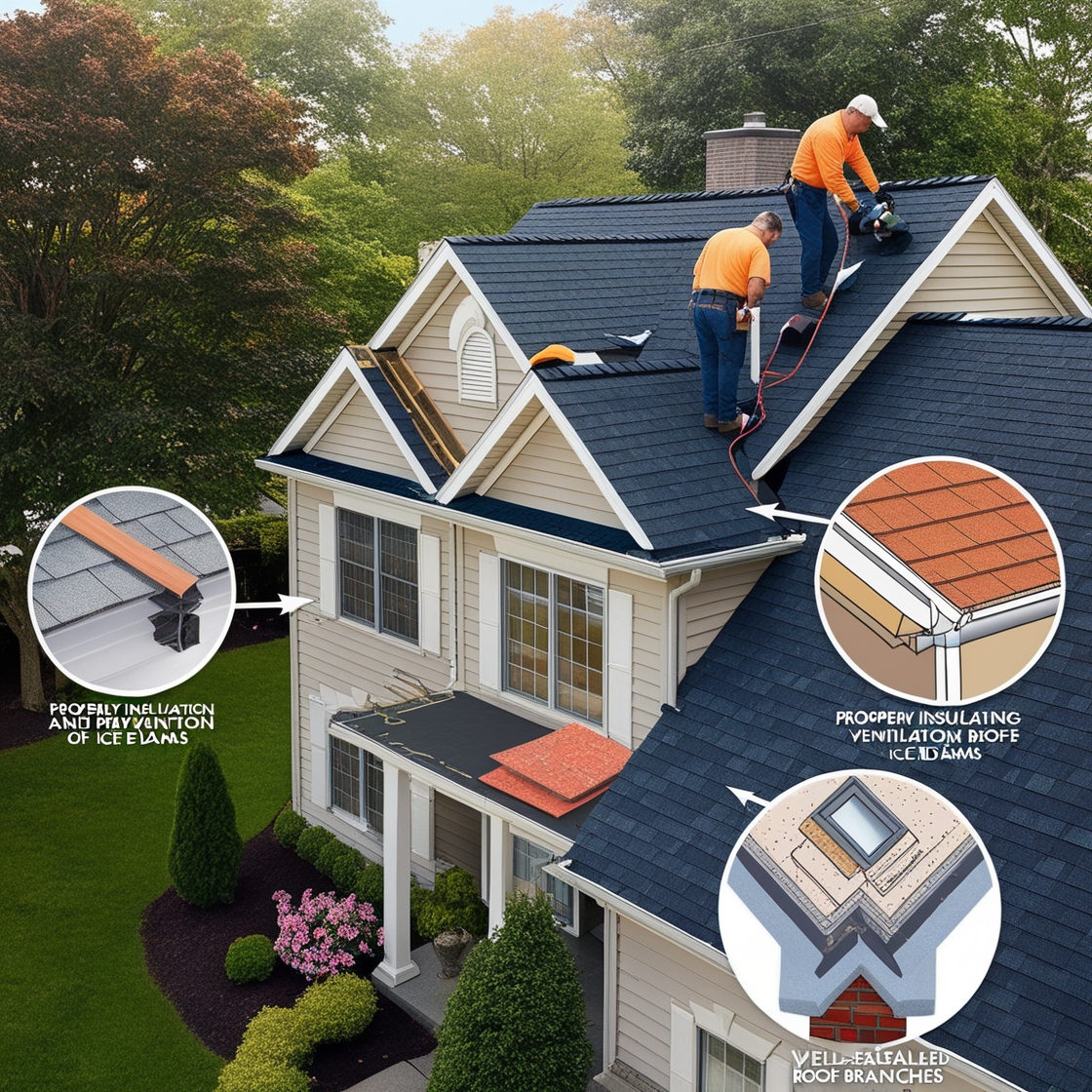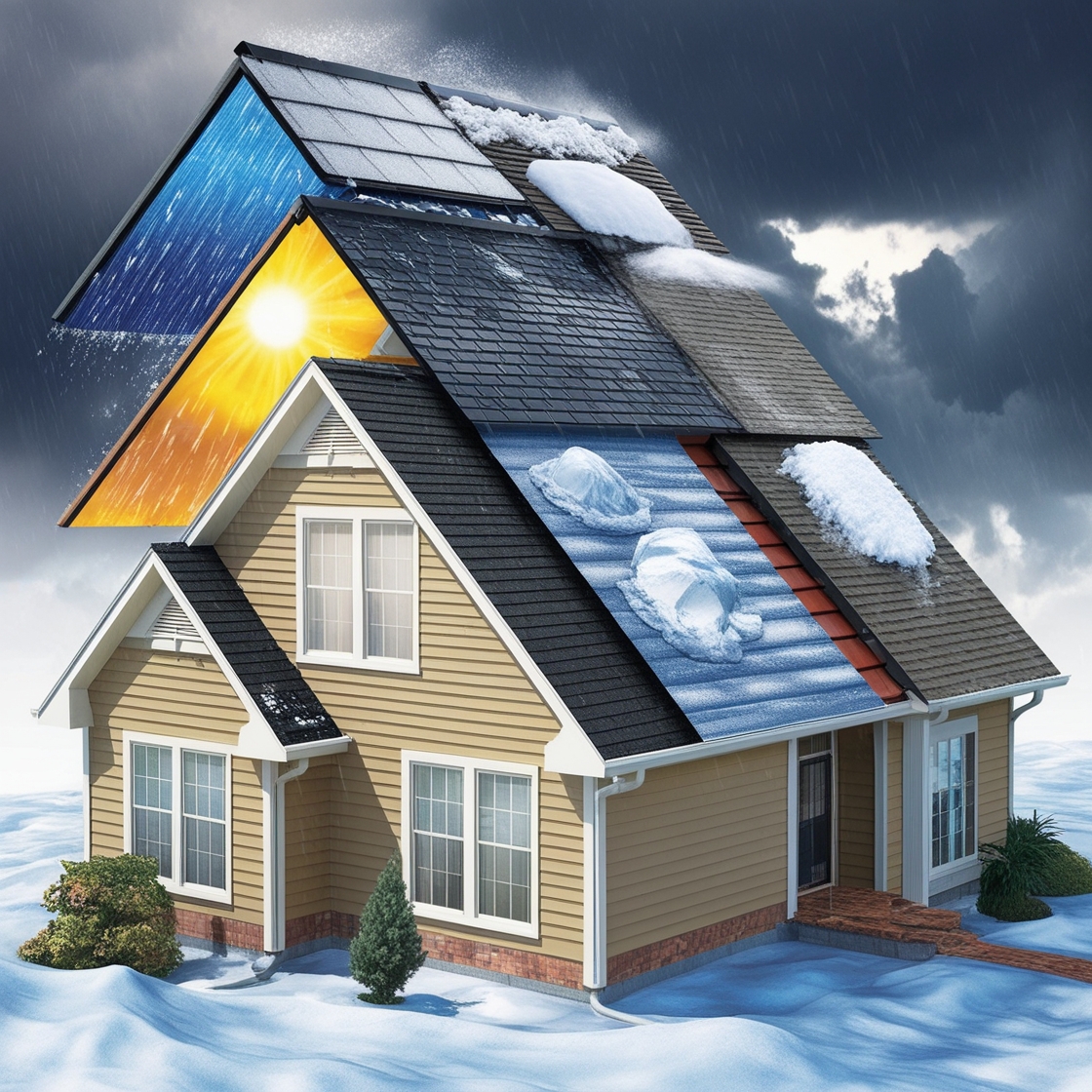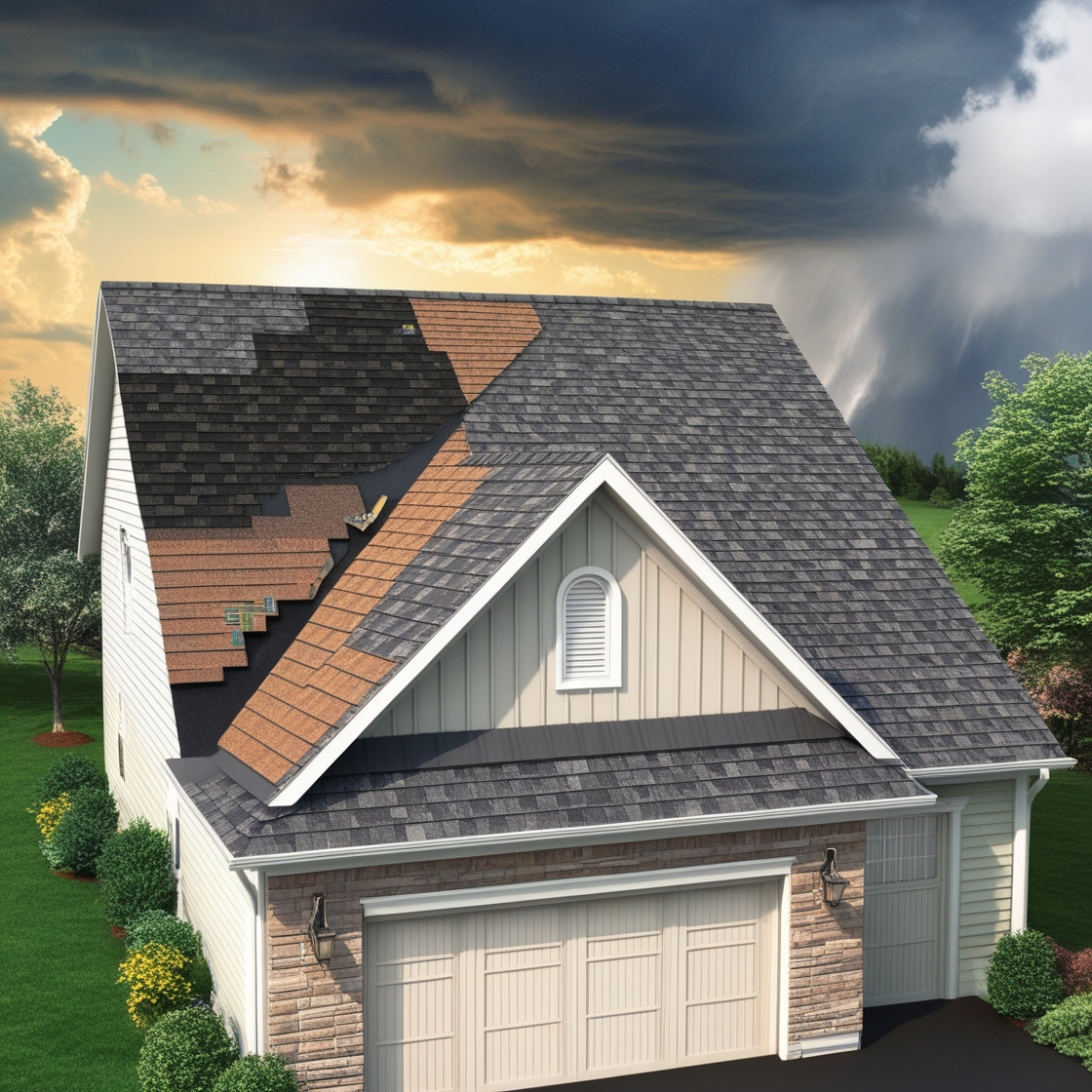A roof leak can cause significant damage to your home, leading to costly repairs and potential health hazards such as mold growth. Fortunately, there are several proactive steps you can take to prevent roof leaks and maintain the integrity of your roofing system. This guide outlines practical measures to help you keep your roof in top condition and avoid the headaches of water damage.
1. Regular Roof Inspections
One of the most effective ways to prevent roof leaks is through regular inspections. At least twice a year—preferably in the spring and fall—take the time to visually inspect your roof for signs of damage. Look for missing, cracked, or curling shingles, as these can be entry points for water. Pay special attention to areas around chimneys, skylights, vents, and other roof penetrations, as these are common spots where leaks can develop.
If you’re not comfortable inspecting the roof yourself, consider hiring a professional roofing contractor to conduct a thorough inspection. A professional can identify potential problems that may not be visible from the ground, such as small punctures, weak spots, or signs of wear that could lead to leaks.
2. Keep Gutters and Downspouts Clean
Clogged gutters and downspouts are a major cause of roof leaks. When gutters are filled with leaves, debris, or ice, water can’t drain properly and may overflow, seeping under your roof’s shingles or through your fascia. To prevent this, clean your gutters and downspouts regularly, especially after heavy storms or during the fall when leaves are abundant.
Installing gutter guards can also help minimize debris buildup and reduce the frequency of cleaning. Additionally, make sure your downspouts are directing water away from your home’s foundation to prevent any potential water damage at ground level.
3. Address Roof Repairs Promptly
Ignoring minor roof damage can lead to significant problems over time. If you notice any signs of wear and tear, such as loose or missing shingles, cracked flashing, or damaged seals around roof penetrations, address them promptly. Small issues, if left unattended, can quickly escalate into major leaks that require extensive and costly repairs.
Hiring a professional to handle repairs ensures that the work is done correctly and that all potential leak points are adequately addressed. Regular maintenance can extend the lifespan of your roof and prevent the development of leaks.
4. Trim Overhanging Trees
Overhanging tree branches can pose a serious risk to your roof. During storms, these branches can break and fall, causing damage to shingles, flashing, and other roofing materials. Even in calm weather, overhanging branches can rub against the roof, wearing down shingles and creating potential leak points.
To prevent these issues, trim back any branches that are too close to your roof. It’s best to maintain a clearance of at least 10 feet between your roof and tree branches. This not only protects your roof but also reduces the likelihood of leaves and debris accumulating in your gutters.
5. Ensure Proper Attic Ventilation and Insulation
Adequate attic ventilation and insulation play a crucial role in preventing roof leaks, particularly in colder climates. Poor ventilation can lead to heat buildup in the attic, which can cause snow and ice on the roof to melt unevenly. The melted water can refreeze at the roof’s edge, forming ice dams that prevent proper drainage and cause water to back up under the shingles.
To prevent ice dams, make sure your attic is well-ventilated and properly insulated. This helps regulate the temperature in the attic, reducing the risk of ice dams and ensuring that your roof remains leak-free. In warmer climates, proper ventilation helps prevent heat buildup, which can lead to premature aging of roofing materials and increase the likelihood of leaks.
6. Install and Maintain Flashing
Flashing is a thin material, usually metal, installed at key areas of your roof to prevent water from seeping in. Common locations for flashing include around chimneys, skylights, valleys, and vents. Over time, flashing can become loose, corroded, or damaged, creating potential leak points.
Inspect the flashing on your roof regularly and repair or replace any damaged sections. Properly installed and well-maintained flashing is essential for keeping your roof watertight, particularly in areas where different roofing materials meet or where the roof structure changes.
7. Be Cautious with Roof Additions
Installing new features on your roof, such as solar panels, satellite dishes, or skylights, can increase the risk of leaks if not done correctly. When adding any new structure to your roof, work with experienced professionals who understand the importance of maintaining the roof’s integrity.
Ensure that any penetrations through the roof are properly sealed and that flashing is installed where necessary. After the installation, inspect the area periodically to ensure no leaks develop around the new additions.
8. Replace Aging Roofs on Time
All roofs have a finite lifespan. As your roof ages, the materials begin to deteriorate, increasing the likelihood of leaks. If your roof is nearing the end of its expected life (typically 20-30 years for asphalt shingles), consider replacing it before significant issues arise.
A new roof installation allows you to upgrade to more durable materials, improve your home’s energy efficiency, and ensure long-term protection against leaks. Investing in a roof replacement at the right time can save you from costly repairs and potential water damage in the future.





